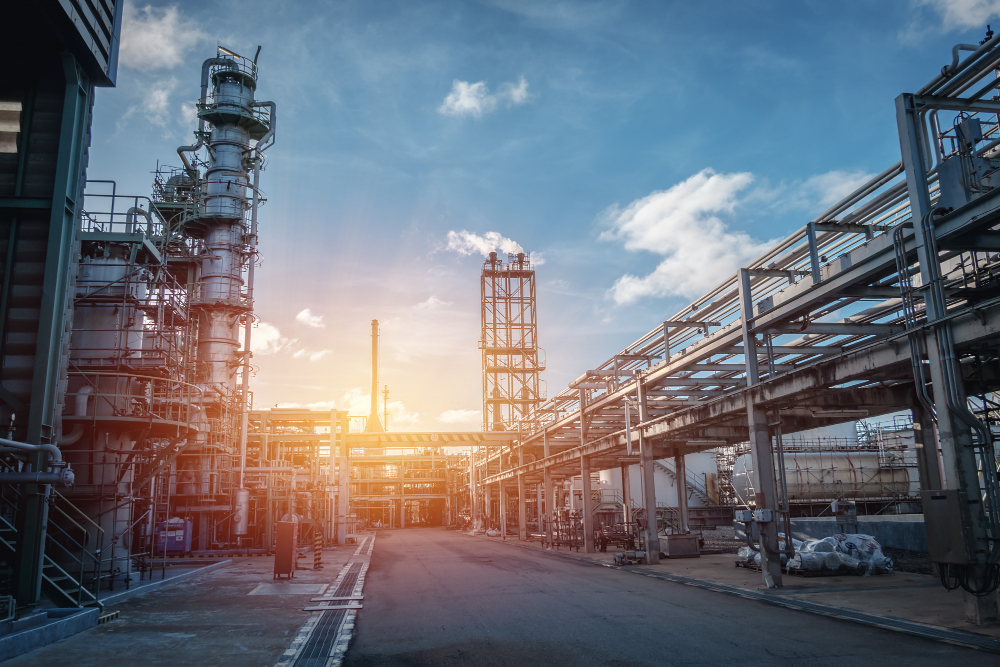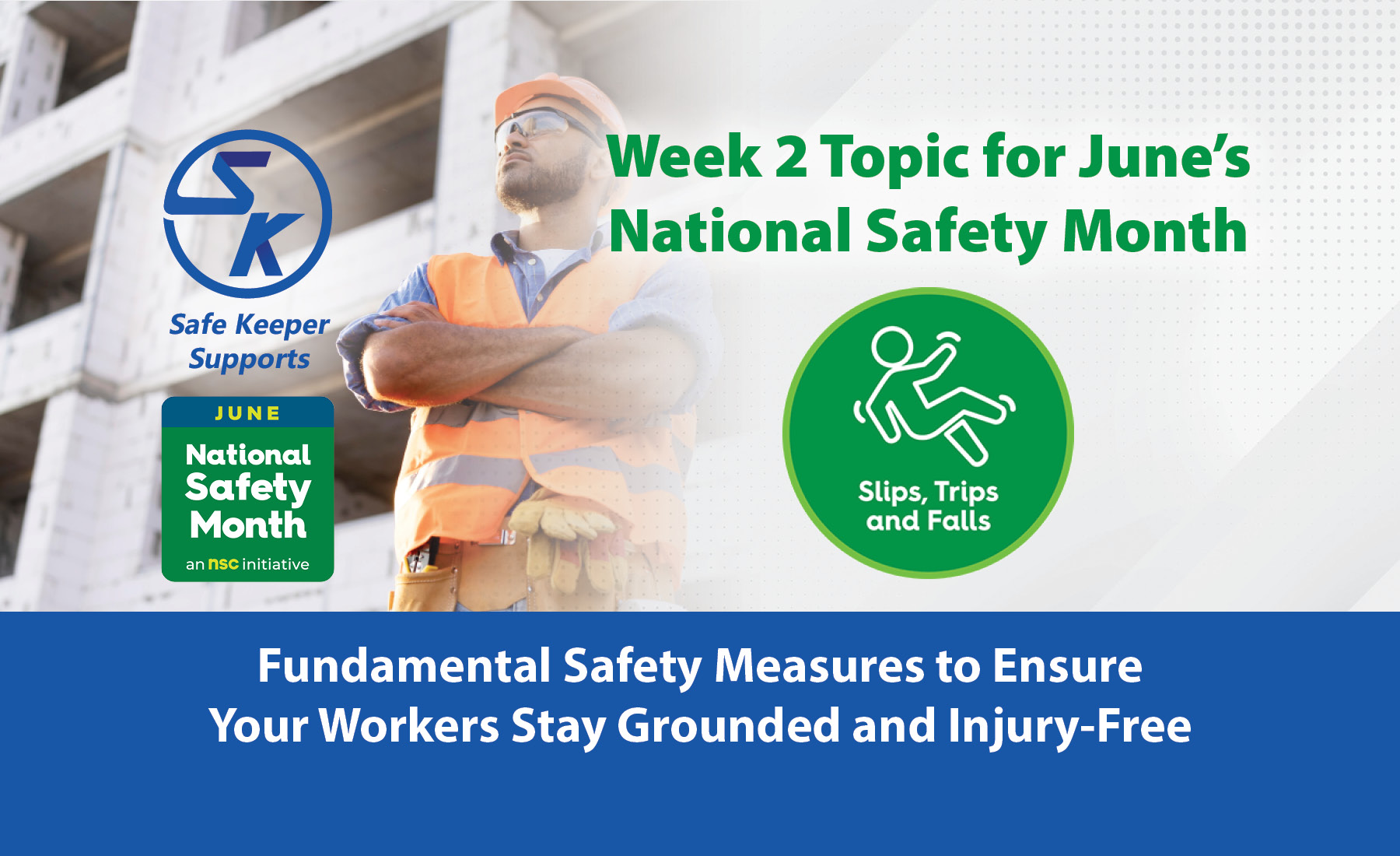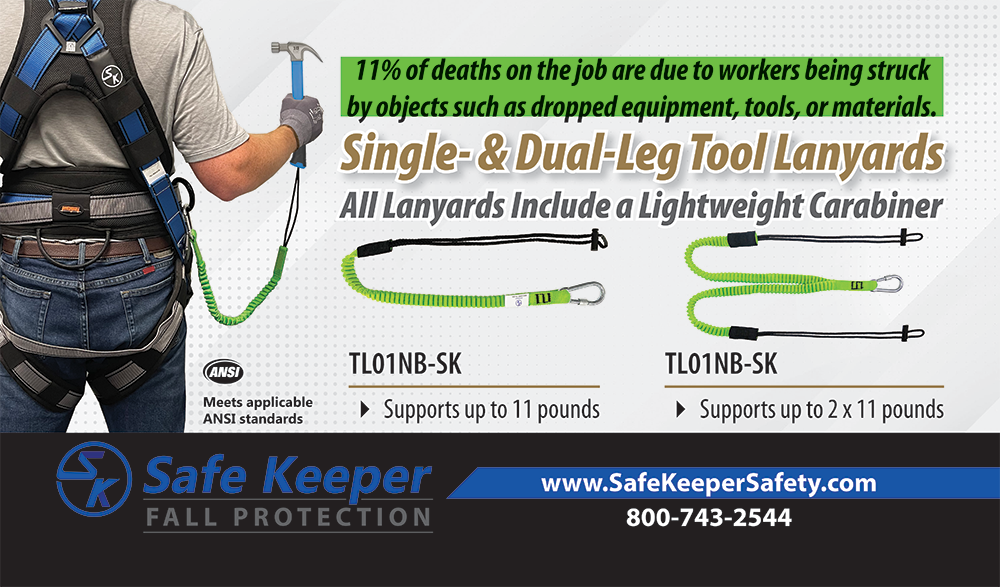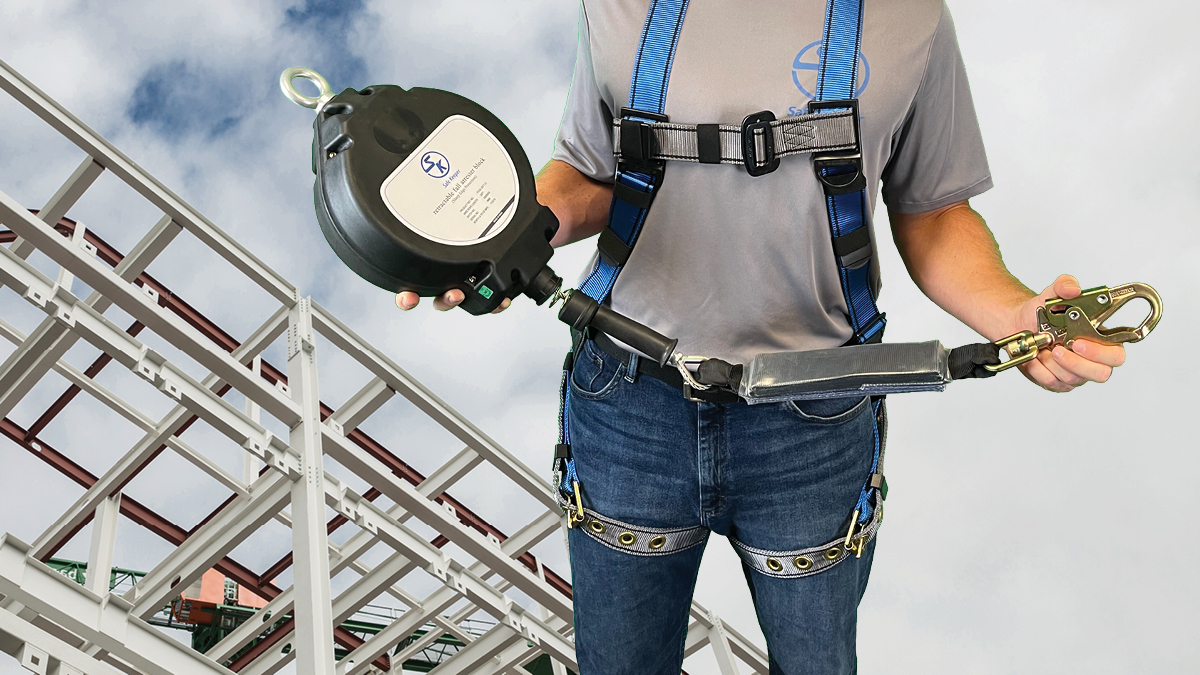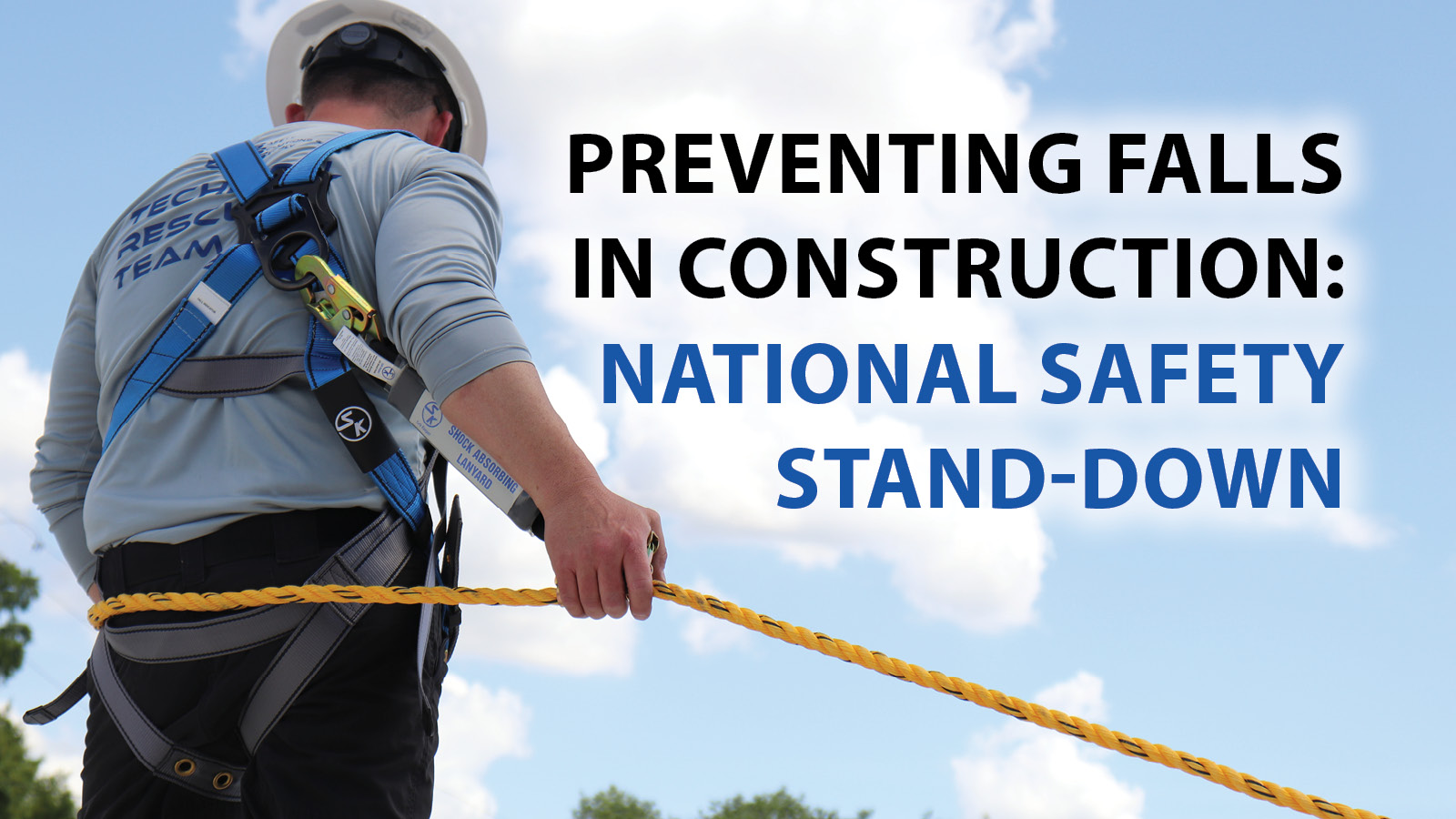Working at height in the oil and gas industry comes with a unique set of dangers. Fall protection is always a top concern, as workers must use scaffolding, ladders, and other elevation devices to access equipment and perform repairs. Slips and falls from height can easily result in severe injuries or even death.
While most companies ensure that their employees are trained adequately and equipped to work safely, accidents can still happen. Therefore, it’s vital for workers to be aware of the dangers involved in their job and always to follow safety protocols to minimize the risk of injury. There are several reasons why falls are so common in the oil and gas industry:
- Many oil and gas workers are required to work at dangerous heights and can include anything from climbing ladders to working on scaffolding or roofs.
- The work is often fast-paced and physically demanding, leading to fatigue and carelessness.
- There are often many worksite obstacles, such as equipment and debris, which can create trip hazards.
- Many employers do not provide or, in turn, workers do not use the proper safety equipment, such as fall protection gear.
The Oil and Gas Industries Fall Fatality Statistics
Falls are one of the most common hazards in the oil and gas industry. They can occur anywhere, from wellheads and tanks to offshore rigs and pipelines—and they can be fatal. In fact, falls are the leading cause of death in the oil and gas industry, accounting for more than 30% of all fatalities. The CDC reports that, from 2011 to 2015, there were 804 deaths in the oil and gas extraction industry. In addition, falls were the industry’s second most common cause of non-fatal injuries, accounting for almost 20% of all reported injuries.
Fall Protection Requirements in the Oil and Gas Sector
OSHA’s fall protection standards (1926.501) for the oil and gas industry require employers to provide working conditions free of known hazards likely to cause death or severe harm. The organization bases its requirements on the “hierarchy of controls”—a system that OSHA uses to prioritize fall hazard control methods.
Per the hierarchy of controls, the most effective way to eliminate or minimize exposure to fall hazards is through engineering controls such as installing guardrails, safety nets, or screws and anchors. However, if engineering controls are not feasible, OSHA requires using administrative controls such as creating work procedures to minimize exposure to fall hazards. The next step would be providing personal protective equipment (PPE) such as fall arrest systems. OSHA also requires employers to have a written Fall Protection Plan that addresses the fall hazards at their worksites and outlines the measures taken to protect workers from those hazards.
Conclusion
More often than not, oil and gas workers have to work at great heights, on slippery surfaces, or around hazardous equipment. As a result, they are at an increased risk of suffering a severe injury if they should fall. Therefore, the CDC recommends that employers take steps to protect their employees from falls by providing safe work areas, implementing fall prevention policies, and offering fall protection training. Furthermore, supervisors can use the following simple precautions to prevent falls on any job site:
- Train workers to work safely at heights.
- Inspect worksites regularly for trip hazards.
- Provide employees with personal protective equipment such as fall protection gear
Employees must also be familiar with OSHA’s requirements for fall protection in the oil and gas industry. OSHA provides training resources on its website, including training videos, fact sheets, brochures, and posters. Employers can also find information on OSHA’s website about developing a fall protection training program for their employees.
By taking these steps, we can help make the oil and gas industry a safer place for everyone involved.
Safe Keeper carries a comprehensive inventory of fall protection products and accessories, including harnesses featuring oil-resistance webbing specifically for those working in the oil and gas industry.
